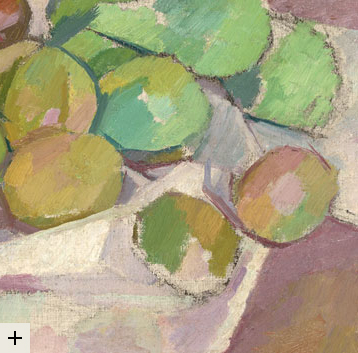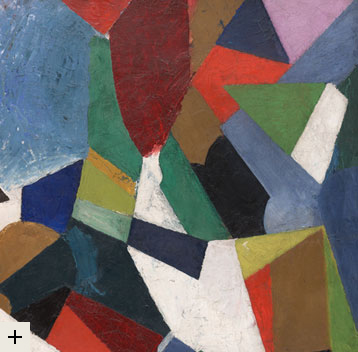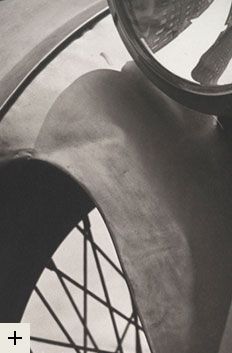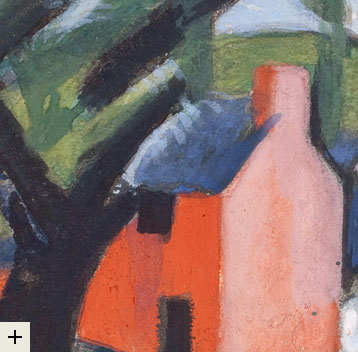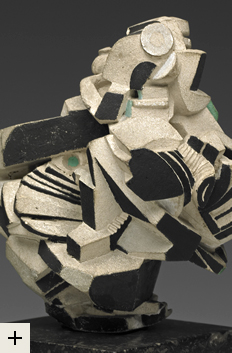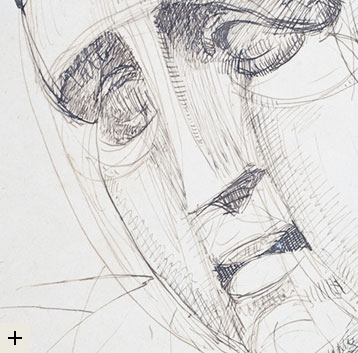Introduction
With Americans who had trained in Europe teaching the next generation of artists, study abroad was no longer foreordained. Americans instead orchestrated new educational opportunities, both at home and abroad. Artists like Patrick Henry Bruce and Max Weber persuaded Henri Matisse to open a Paris school from 1908 to 1911, for example. Exhibition venues for American and European modernism emerged in cities like New York, as did new illustrated publications, and critics struggled to catch up. By focusing on innovative compositional strategies, and considering the ways that various media including sculpture, photography, and painting informed one another, this exhibition examines some of the ways that American artists shaped original contributions to modernism.
Selections from the exhibition:
